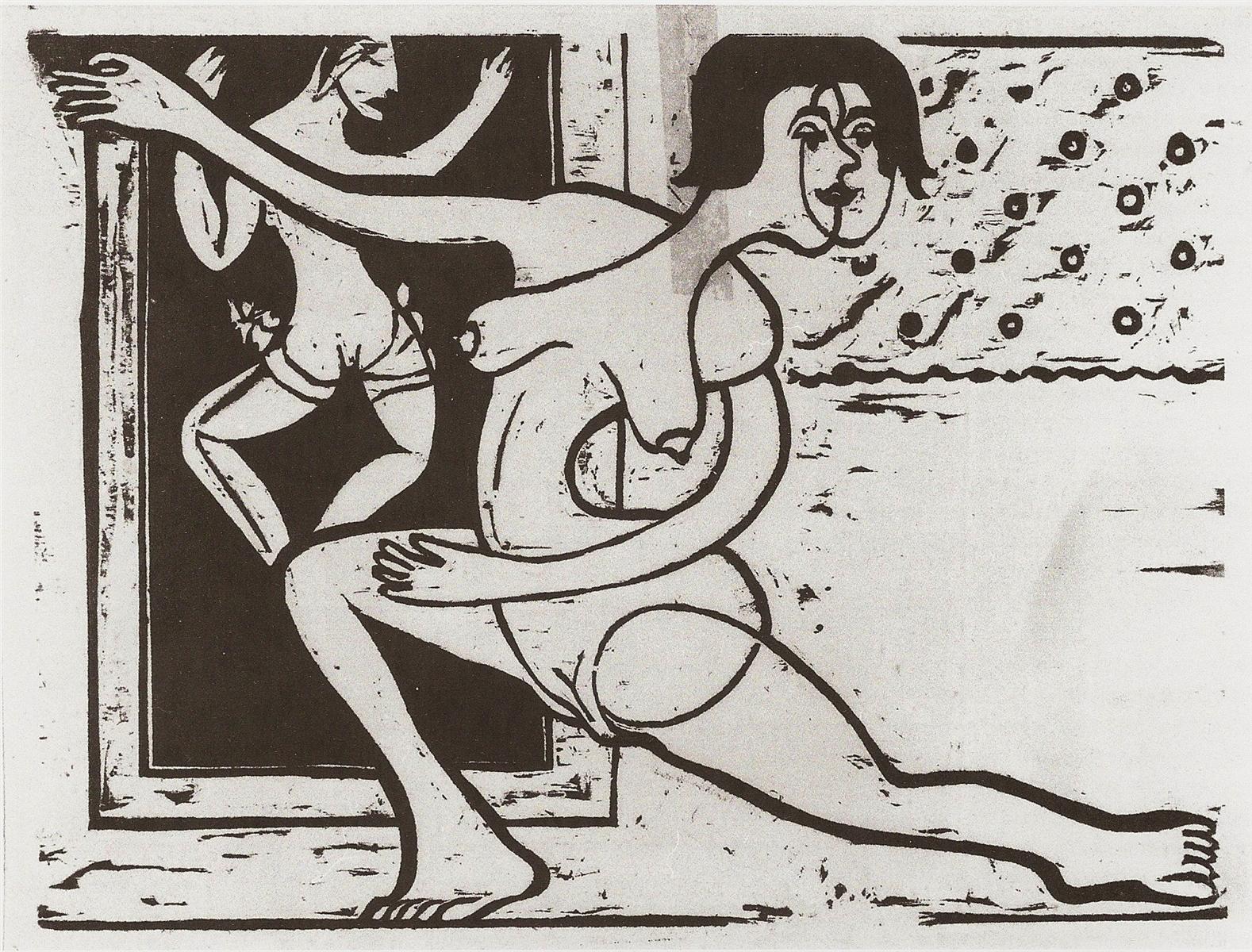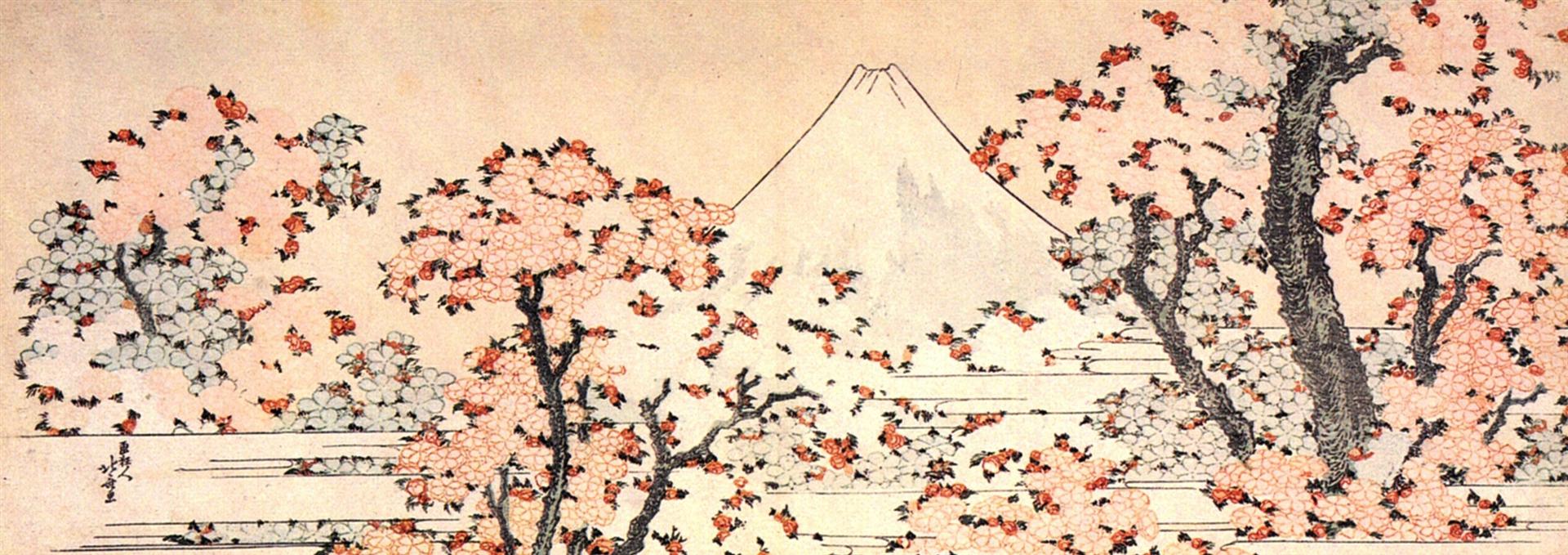『대방광십륜경』
K0058
T0410
제4권
● 한글대장경 해당부분 열람I
● 한글대장경 해당부분 열람II
○ 통합대장경 사이트 안내
○ 해제[있는경우]
● TTS 음성듣기 안내
※ 이하 부분은 위 대장경 부분에 대해
참조자료를 붙여 자유롭게 연구하는 내용을 적는 공간입니다.
대장경 열람은 위 부분을 참조해주십시오.
● 자료출처 불교학술원 기금 후원안내페이지
『대방광십륜경』
♣0058-004♧
제4권
♥아래는 현재 작성 및 정리 중인 미완성 상태의 글입니다♥
[페이지 내용 업데이트 관련 안내]
❋본문
◎[개별논의]
○ [pt op tr]
[#M_▶더보기|◀접기|

○ 2019_1104_161548_nik_CT33

○ 2020_1114_162928_can_exc

○ 2020_1114_141826_can_ab41_s12

○ 2018_1024_141830_can_CT28

○ 2018_1022_135402_can_BW17

○ 2020_1017_155316_can_ct19_s12

○ 2020_1017_155259_can_ct8

○ 2020_1002_140629_nik_ar47

○ 2020_0930_141107_nik_AR12

○ 2020_0910_185635_nik_ar45

○ 2020_0909_162254_can_ar46

○ 2020_0909_124854_can_ar29

○ 2020_0908_170000_nik_BW17

○ 2020_0907_153109_can_CT28

○ 2020_0907_135247_can_ct23

○ 2020_0905_144327_can_BW28

○ 2020_0211_134348_can_ct9_s12

○ 2020_0211_134348_can_ar1

○ 2020_0211_134227_can_ct9_s12

○ 2019_1106_153717_nik_fix
● [pt op tr] fr
_M#]
★2★
❋❋본문 ♥ ◎[개별논의]
★%★
『대방광십륜경』
♣0058-004♧
![]()
◎◎[개별논의] ♥ ❋본문
★1★
◆vzay1722
| ◈Lab value 불기2566/01/15 |
|
Mireille Mathieu - Es War Der Moment
♥단상♥ |
|
문서정보 ori https://buddhism0077.blogspot.com/2022/01/2566-01-15-k0058-004.html#1722 sfed--대방광십륜경_K0058_T0410.txt ☞제4권 sfd8--불교단상_2566_01.txt ☞◆vzay1722 불기2566-01-15 θθ |
■ 선물 퀴즈
방문자선물 안내페이지
다음에 해당하는 단어를
본 페이지
에 댓글로 적어주시면 됩니다.
위의를 갖추고 바르게 앉는 것, 곧 정좌(正坐).
답 후보
● 단좌(端坐)
담마밀다(曇麻蜜多)
당정현상(當情現相)
대각(大覺)
대다라니(大陀羅尼)
대방등(大方等)
대범천왕(大梵天王)
【범】vaiśeṣika 폐세사가(吠世史迦)ㆍ위세사(偉世師)라 음역. 인도 외도의 1파. 성론파(聲論派)와 구별하여 이렇게 이름.
답 후보
● 승론파(勝論派)
시무외(施無畏)
시방찰(十方刹)
시타림(尸陀林)
식온(識蘊)
신근(身根)
신밀(身密)
ॐ मणि पद्मे हूँ
○ [pt op tr]
[#M_▶더보기|◀접기|
■ 음악
Yves Montand - Insensiblement
Aldebert - Vivement La Fin
Andre Claveau - J'ai Pleure Sur Tes Pas [1943]
filecopy
Michele Torr - Jezebel
Charles Aznavour - Ay Mourir Pour Toi
Kaissa Doumbe - Les Poemes De Michelle
■ 시사, 퀴즈, 유머
뉴스
퀴즈
퀴즈2
유머
■ 한자 파자 넌센스 퀴즈
【 】 ⇄✙➠
일본어글자-발음
중국어글자-발음
■ 영어단어 넌센스퀴즈- 예문 자신상황에 맞게 바꿔 짧은글짓기
■ 번역퀴즈
번역
■ 영-중-일-범-팔-불어 관련-퀴즈
[wiki-bud] Hsu Yun
[san-chn] sthita-smṛti 安住正念
[san-eng] svāṃ $ 범어 of ṃyself
[pali-chn] passaddhi 伏意, 輕安
[pal-eng] naanaajana $ 팔리어 m.many kinds of folk.
[Eng-Ch-Eng] 受識 The experiential consciousnesses, more commonly expressed as "changing consciousnesses" 轉識. The other seven consciousnesses besides the causal consciousness 緣識, which is a synonym for container consciousness (藏識). 〔攝大乘論 T 1593.31.115c18〕
[Muller-jpn-Eng] 木叉毱多 ボクシャギクタ (person) Mokṣagupta
[Glossary_of_Buddhism-Eng] AMITABHA SUTRA☞
Syn: Smaller Sukhavati-Vyuha Sutra; Shorter Amitabha Sutra; Sutra
of Amida.
See also: Exclusion Clause; Longer Amitabha Sutra; Pure Land
Buddhism (Summary); Three Pure Land Sutras.
“Amitabha Sutra or Shorter Amitabha Sutra; one of the three sutras
that form the doctrinal basis for the Pure Land school in East Asia
(China, Japan, Korea, Vietnam etc…). This sutra, also known as the
short Sukhavati-vyuha, describes the simplest form of the practice of
this school – recitation of Buddha Amitabha’s name…”
Sham: 6
“Three Chinese translations were made: by Kumarajiva of the later
Ch’in dynasty in the year 402; by Gunabhadra of the Liu Sung
dynasty in 455; and by Hsuan-tsang of the T’ang dynasty in 650. Of
【book-page-22 23】
these, Kumarajiva’s and Hsuan-tsang’s are still extant. Kumarajiva’s
version is entitled Amitabha Sutra and consists of one fascicle. [It
is the one most commonly used nowadays.] The Amitabha Sutra is
one of the Three Pure Land Sutras (q.v.), together with the Longer
Amitabha Sutra and the Meditation Sutra.”
Sokk: 10-11
I. Summary.
“Written in the form of a discourse by Shakyamuni to Shariputra
and others at the Jetavana Monastery, the Amitabha Sutra describes
the blessings and virtues of Amitabha Buddha and his Pure Land of
Perfect Bliss in the western region of the universe. It further teaches
that one can attain rebirth in this Pure Land by relying on Amitabha.
Subsequently the Buddhas in the Six Directions are described as
bearing witness to the truth of Shakyamuni’s teaching.”
Sokk: 10-11
“The Amitabha Sutra is an address delivered by Sakyamuni to
Sariputra in the Jeta grove near Sravasti. Like the Longer Amitabha
Sutra, which it may slightly predate, this sutra deals mainly with
a description of the Pure Land – the gorgeous palaces, parks, and
gardens; the gem trees made of gold, silver, crystal, and coral; the
fragrant flowers and luscious fruits; the rivers and lotus lakes with
their perfumed water that is either hot or cold for bathing as desired;
the delightful, soothing sounds of birds and angelic singers. The
major difference between the two sutras lies in the fact that the
Shorter Amitabha Sutra [emphasizes] salvation through faith and the
recitation of Amida’s name [Buddha Recitation, q.v.], rather than
through works.”
Okaz: 15
II. Background:
“The story of the Amitabha Sutra is set in a world of tradition and
myth. Time and location, temporal and spatial dimensions, are
without question of a special kind – one that we could perhaps call
【book-page-24 25】
sacral or mythical, for lack of a better word. Extraordinary rules and
boundaries also apply to body and action, spirit and matter, the ideal
and the real. Access to these special dimensions of reality is possible
through a set of assumptions about the world and the beings that
inhabit it and through an accompanying belief and confidence in the
spiritual realities and processes embodied in the mythology. Among
many differences between the world view of the two texts and the
world view of contemporary Western secular culture, two stand out
as central to understanding the message of the two sutras. First, existence after death is a given; but it is not simply an extension of human
life. Existence after death means the possibility – or rather, the reality
– of many lives, in a variety of realms other than our world, and in
a variety of roles or ‘incarnations’ that include rebirth as an animal,
as a hungry ghost, or in one of many paradises, or rebirth in a hell
or purgatory, and rebirth in other world systems as well. Second, the
process of rebirth is for most of us sentient beings an unending cycle
of suffering. This cycle would be a desperate, hopeless, and meaningless eternal return if it were not for the possibility of deliverance. The
moral and spiritual quality of our lives can have a significant effect
on the course of our wandering through the many rounds of rebirth.
Human beings who attain moral and spiritual perfection may in fact
attain liberation from the cycle of rebirth. Those who attain liberation through their own spiritual effort are the Buddhas of the universe. In turn, the moral and spiritual quality of Buddhas can also have
a significant effect on the course of our journey through the many stations
of rebirth – in other words, the liberation of Buddhas facilitates the
liberation of other, less perfect sentient beings. Much of Mahayana
Buddhist literature is devoted to these two issues: the manner in
which human beings attain the perfection of Buddhas and Bodhisattvas, and the manner in which Buddhas and Bodhisattvas assist other
beings in their quest for liberation from suffering.”
Gomez / Land: 7-8
【book-page-24 25】
III. Amitabha Sutra / Lotus Sutra.
“The Lotus Sutra is the Amitabha Sutra preached in detail, and the
Amitabha Sutra is the Lotus Sutra in summary. In contrast to other
sutras which expound many terms in connection with the nature
and characteristics of things and persuade people to understand the
principles and to work on self-cultivation, these two sutras deal only
with perception of phenomenal reality by the direct reasoning mind.
In the Amitabha Sutra, Buddha said, ‘If there is a good man or a good
woman who hears someone speak of Buddha Amitabha and holds
firmly his name… when this person approaches the hour of death,
Buddha Amitabha and his holy company will manifest themselves
in front of him. This person, since he is not confused, will be reborn
in the most blissful country of Buddha Amitabha.’ … To quote from
the 23rd chapter of the Lotus Sutra, ‘Anyone who hears this Sutra
and practices accordingly, when his present life ends, will go to the
Western Paradise.’ The similarity of these two passages is apparent.
Other descriptions in the Amitabha Sutra of the grandeur and splendor of the Land, of Buddha’s life, of Buddha’s radiance and of the
protection and care by the Buddhas of the Six Directions, though
different in comprehensiveness and language, are, in fact, identical in
their content and significance. Therefore, one invocation of Buddha
Amitabha’s name represents the supreme Dharma and covers unlimited approaches.”
Master T’ai Hsu: 20-22 #0020
[fra-eng] brulent $ 불어 burn
■ 암산퀴즈
656* 727
337692 / 789
■ 다라니퀴즈
자비주 15 번째는?
성관자재보살 명호 15 번째는?
15
이로부터 다시 헤아릴 수 없이 많은
부처님 계시는 곳과
무량한 법회 가운데서도
거듭 이 다라니를
친히 얻어 들어 받아 가지고
다시 무량하게 뛸듯이 환희하였고,
문득 무수억겁토록
미세한 생사를 초월하였습니다.
이로부터 저는 항상 이 주문을 지송(持誦)하되
일찍이 조금도 폐하거나 잊어버리지 아니했으며
이 주문을 가진 힘으로써
태어나는 곳마다
항상 부처님 앞에 연꽃에
화생(化生)하고
태(胎)에 드는 몸을 받지 않았습니다.
● 아예염 阿逝孕<十五> a je yaṃ
『불설천수천안관세음보살광대원만무애대비심다라니경』
♣0294-001♧
15
바라 아바라마바다사 라
鉢囉<二合>惹波囉摩嚩怛娑<二合>羅<十五>
『성관자재보살일백팔명경』
♣1122-001♧
■ 삼매_게송퀴즈
■ 오늘의 게송
[15일째]
어피일일모단처 $ 015▲摩婆羅摩婆羅為 一 ● 阿婆(上)羅, ○□□□□,演,一,皆,一
□□□□□□□, 演不可說諸佛名,
一一名有諸如來, 皆不可說不可說。
□□□□□□□, 연불가설제불명,
일일명유제여래, 개불가설불가설。
저러한 하나하나 터럭 끝마다
말할 수 없는 부처 이름 말하며
하나하나 이름 아래 있는 부처님
모두 말할 수가 없이 말할 수 없고
[16째]
일일제불어신상 $ 016▲阿婆羅阿婆羅為 一 ● 多婆(上)羅, ○□□□□,現,於,現,不
□□□□□□□, 現不可說諸毛孔,
於彼一一毛孔中, 現眾色相不可說。
□□□□□□□, 현불가설제모공,
어피일일모공중, 현중색상불가설。
저러한 부처님의 낱낱 몸 위에
말할 수 없이 많은 털구멍 있고
저러한 하나하나 털구멍 속에
나타내는 여러 몸매 말할 수 없네.
●K0023_T0311.txt★ ∴≪A대방광삼계경≫_≪K0023≫_≪T0311≫
●K0058_T0410.txt★ ∴≪A대방광십륜경≫_≪K0058≫_≪T0410≫
●K0087_T0301.txt★ ∴≪A대방광여래부사의경계경≫_≪K0087≫_≪T0301≫
법수_암기방안
15 어깨 (shoulder)
16 겨드랑이 [암핏 armpit]
15 어깨 (shoulder)
15 어깨 (shoulder)
476912
428

○ 2020_1126_160037_can_exc

○ 2020_1126_155103_nik_exc

○ 2020_0224_104623_nik_ct14

○ 2020_1114_141030_can_BW22

○ 2020_1017_161100_can_AB7

○ 2020_1017_150934_nik_ar25

○ 2020_0907_143739_nik_Ab31

○ 2020_0910_115707_nik_ab51

○ 2020_0908_163448_nik_bw5

○ 2020_0906_120408_can_ar47

○ 2020_0905_131715_can_ab41

○ 2020_0905_111407_can_ct9

○ 2020_0121_162335_nik_ab48

○ 2019_1004_141553_nik_ab52

○ 2019_1004_170747_nik_ar45

○ 2019_1004_154056_can_bw24

○ 2019_1004_150736_can_BW17

○ 2019_1106_112121_can_BW25

○ 2019_1106_102308_can_ct8

○ 2019_1105_114155_nik_ct9_s12
● [pt op tr] fr
_M#]
™善現智福 키워드 연결 페이지
https://buddhism0077.blogspot.com/2020/06/keyword.html
○ [pt op tr]
● 대방광십륜경_K0058_T0410 [문서정보]- 일일단상키워드
[#M_▶더보기|◀접기|
[관련키워드]
제4권
■ 본 페이지 ID 정보
불기2566-01-15_대방광십륜경-K0058-004
https://blog.daum.net/thebest007/930
sfed--대방광십륜경_K0058_T0410.txt ☞제4권
sfd8--불교단상_2566_01.txt ☞◆vzay1722
불기2566-01-15
https://buddhism0077.blogspot.com/2022/01/2566-01-15-k0058-004.html
htmback--불기2566-01-15_대방광십륜경_K0058_T0410-tis.htm
● [pt op tr] fr
_M#]





댓글 없음:
댓글 쓰기
What do you think is the most important?
Do you know why this is the most important?